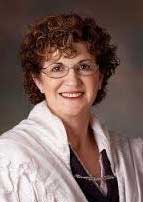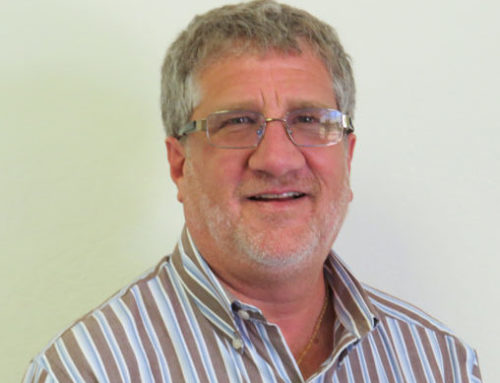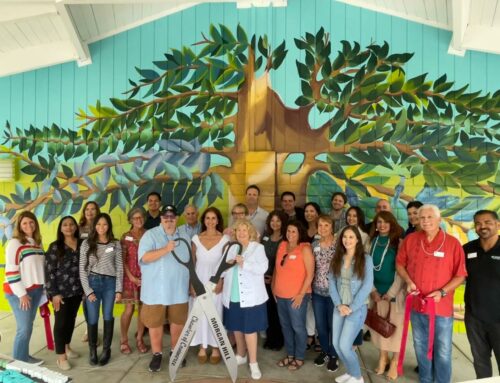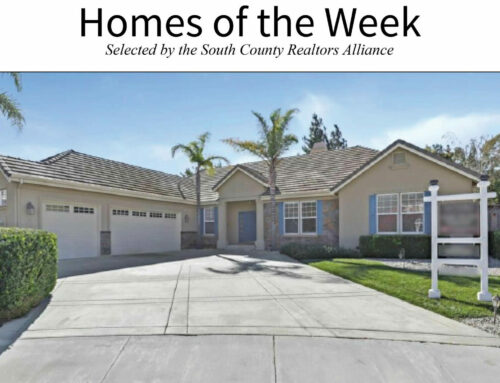Public observance is essential part of festivities
Published in the December 24, 2014 – January 6, 2014 issue of Morgan Hill Life
By Rabbi Debbie Israel
Every year throughout the week of Hanukkah, a large eight-branch Menorah (candelabra) shines through the front window of the sanctuary of Congregation Emeth. In addition, when weather permits, the congregation holds an annual public candle lighting in downtown Morgan Hill. This year, instead of an outdoor downtown celebration, it was held at Congregation Emeth at 17835 Monterey Road. The public display of our Hanukkah menorah holds great significance to me as a rabbi, and to Congregation Emeth as active and participating members of the community. Jewish holidays are usually not observed in this kind of public display. Our Passover seder (ritual meal) is held around a family table; our religious services take place in the temple.
But the public display of Hanukkah lights is an essential part of our holiday celebration, actually dictated by the rabbinic sages of ancient Israel.
What is Hanukkah? The holiday is a reminder of the time in Jewish history of when the Jews were ruled by a pagan king, Antiochus, who led the domination of the Greek-Assyrians in the land of Israel.
Antiochus and his army defiled the Holy Temple and made strict rules prohibiting the Jews from practicing their faith, severely punishing and usually killing those who continued to do so.

Morgan Hill Life file photo
Children light the Menorah at last year’s ceremony in downtown Morgan Hill.
In time, a small band of Jews rebelled. These warriors came from a family known as the Maccabees. They were led in war by the eldest son, Judah the Maccabee. Eventually this little band defeated the Greek-Assyrian armies, entered the desecrated Holy Temple and cleaned it.
The miracle is that they found insufficient ritual oil to light the Temple’s Menorah yet the little oil they found stayed lit for eight days. This is why the holiday is celebrated for eight days, with eight candles in the Menorah.
One year after the Maccabees reclaimed the Holy Temple in Jerusalem, Hanukkah became an official Jewish holiday.
Hanukkah has been celebrated for 2,152 years. This rebellion was the first time in history that a people fought for religious freedom so the story of Hanukkah serves as an important reminder of the basic moral principle that every person must be free to practice one’s religious beliefs.
The story of Hanukkah and its rebellion against those who would prohibit religious freedom serves as an important reminder of the basic moral principle that every person must be free to practice one’s religious beliefs.
From the beginning, lighting the Hanukkah Menorah was the central ritual of our celebration. The ancient rabbis taught that “the publicizing of the miracle” was fundamental to Hanukkah observance.
In Jewish history, because of anti-Semitism, Jews discontinued lighting their menorahs in public view because the communities might become endangered if they did so. By lighting the Menorah, we are reminded that we must be attentive to the rights of all people.
We are blessed to live in this community where the Jewish community is appreciated and respected by most of its citizens. We live in a community where more than 300 people of many religious faiths participated arm-in-arm in a walk for peace a few years ago; a community where faith leaders come together regularly to meet and discuss public issues; a interfaith community that supports one another’s concerns. The public display of our lit Hanukkah Menorah represents religious freedom for all of us, not only Jews, and our determination to protect the rights of all of our citizens.
Chag sameach! Happy Holiday – Happy Hanukkah!
Debbie Israel is the rabbi at Congregation Emeth in Morgan Hill. Reach her at (408) 778-8200 or visit www.emeth.net.







